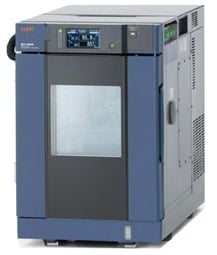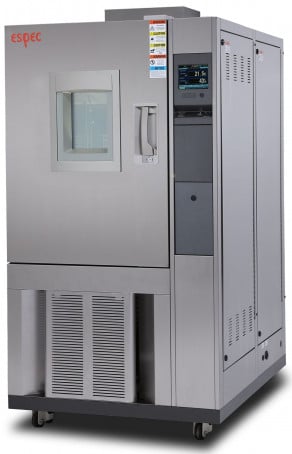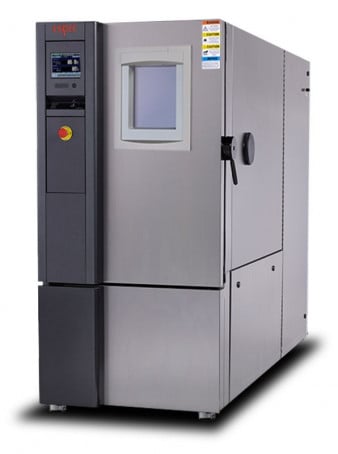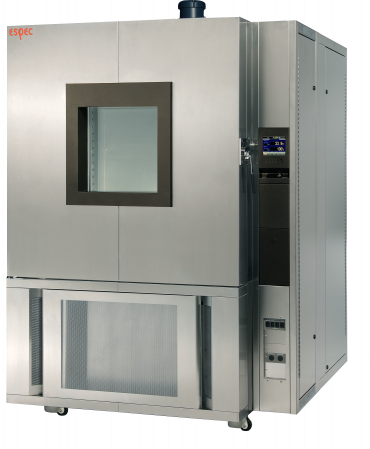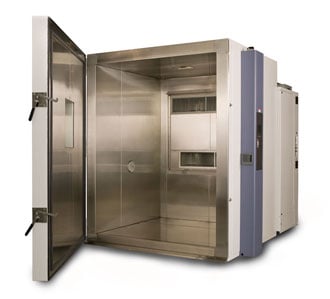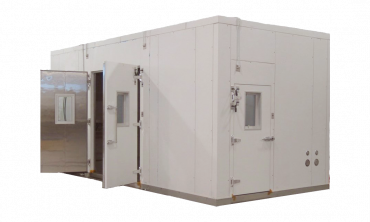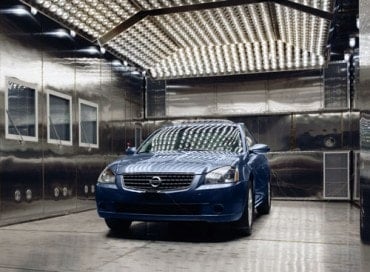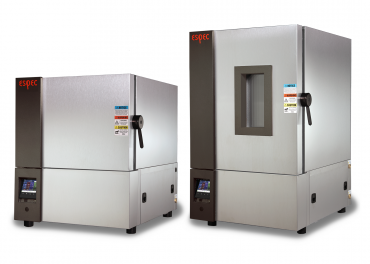 ESPEC North America, Inc. (Corporate office)
ESPEC North America, Inc. (Corporate office)4141 Central Parkway
Hudsonville, MI 49426 USA ESPEC North America, Inc. (Colorado/Qualmark office)
12600 E. Smith Road
Aurora, CO 80011 USA
303-254-8800
Contact ESPEC:
Copyright ESPEC NORTH AMERICA, INC.
This site does not collect Personally Identifiable Information (PII) or sell personal information to third parties
Terms of Use •
Privacy Policy

